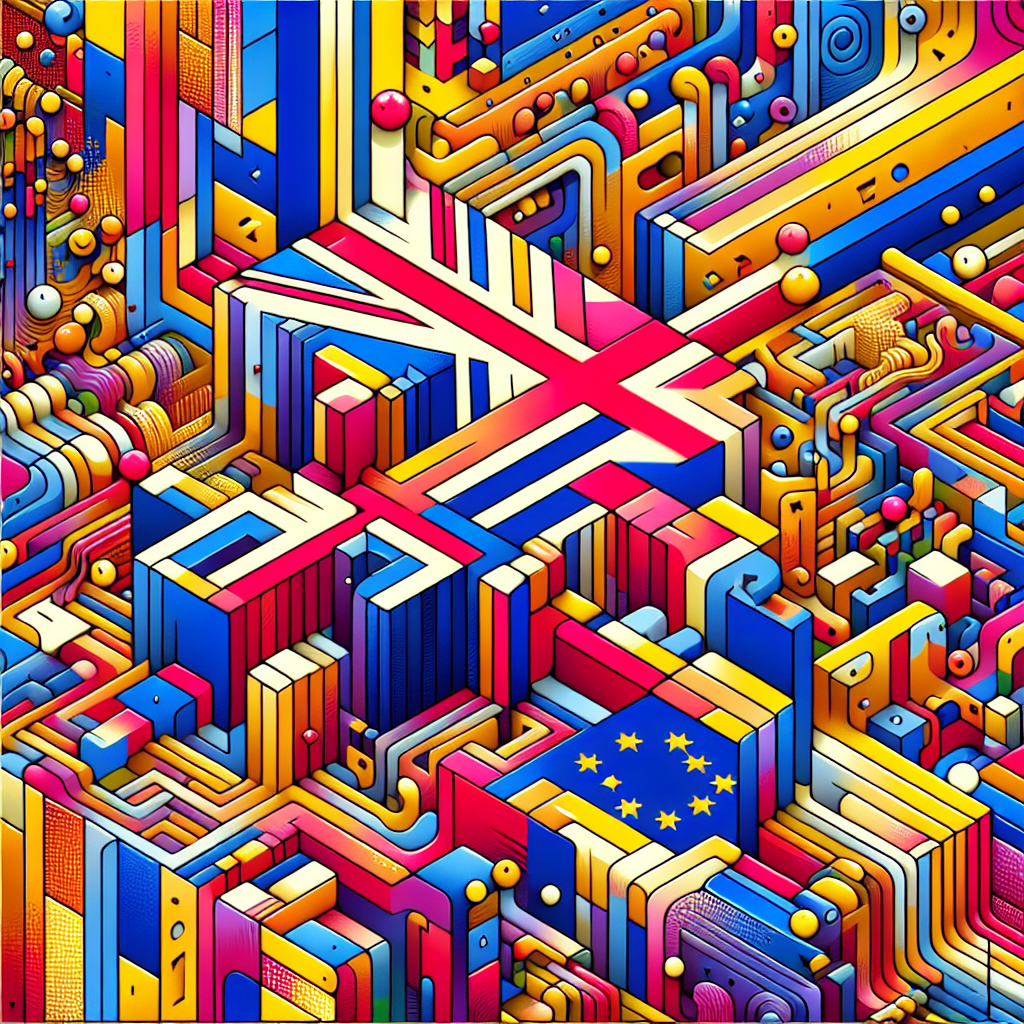The Brexit Saga: A 2018 Rollercoaster
In 2018, the Brexit negotiations were like a high-stakes poker game with the future of the United Kingdom and the European Union hanging in the balance. The key players were the UK government, led by then-Prime Minister Theresa May, and the EU, represented by chief negotiator Michel Barnier. The negotiations took place primarily in Brussels, the heart of the EU, and were a continuation of the UK's 2016 referendum decision to leave the EU. The aim was to agree on the terms of the UK's departure, set for March 29, 2019, and to establish a framework for future relations. The stakes were high, as the outcome would impact everything from trade to citizens' rights.
The year was marked by intense debates and political drama. Theresa May faced the daunting task of uniting a divided Parliament and country. Her government was split between hardline Brexiteers, who wanted a clean break from the EU, and those advocating for a softer Brexit, which would maintain closer ties. The EU, on the other hand, was focused on preserving the integrity of the single market and ensuring that no other member states would be tempted to follow the UK's lead.
One of the most contentious issues was the Irish backstop, a safety net designed to prevent a hard border between Northern Ireland, part of the UK, and the Republic of Ireland, an EU member. This was crucial to maintaining the peace established by the Good Friday Agreement. However, it proved to be a major sticking point, as many UK politicians feared it would keep the UK indefinitely tied to EU customs rules.
As the year progressed, the negotiations saw numerous ups and downs. In November 2018, Theresa May's government reached a draft withdrawal agreement with the EU. This 585-page document outlined the terms of the UK's exit, including a transition period and the controversial backstop. However, the deal was met with fierce opposition at home. Several of May's cabinet ministers resigned in protest, and the agreement faced a tough battle in Parliament.
The opposition came from all sides. Hardline Brexiteers felt the deal betrayed the referendum result by keeping the UK too closely aligned with the EU. Meanwhile, pro-EU politicians argued that the deal was worse than remaining in the EU. The Labour Party, the main opposition, called for a general election, hoping to renegotiate the terms or even hold a second referendum.
Despite the chaos, Theresa May remained determined to push her deal through Parliament. She embarked on a nationwide campaign to win public support, arguing that her deal was the best way to deliver Brexit while minimizing economic disruption. However, her efforts were met with skepticism, as many people were frustrated with the lack of clarity and progress.
The Brexit negotiations in 2018 highlighted the deep divisions within the UK and the complexities of disentangling from the EU. It was a year of political turmoil, with no easy solutions in sight. The process exposed the challenges of balancing national sovereignty with economic interdependence, a dilemma that continues to resonate today.
While the negotiations were fraught with tension, they also underscored the importance of dialogue and compromise in resolving complex issues. Both sides had to navigate a delicate balance between protecting their interests and finding common ground. The Brexit saga of 2018 serves as a reminder of the intricate web of relationships that bind nations together and the challenges of redefining those ties in an ever-changing world.

